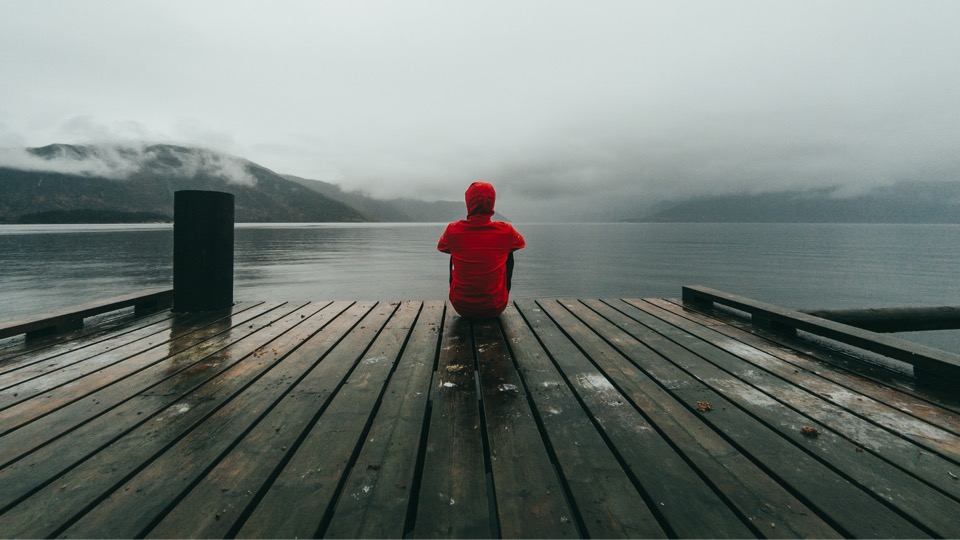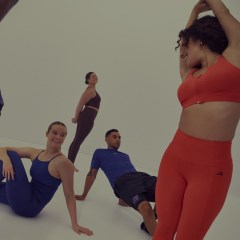Read on to discover:
- The connection between low vitamin D levels, lower mood and energy, and Seasonal Affective Disorder
- How vitamin D impacts mood-regulating neurotransmitters like serotonin and dopamine
- Why you can not rely on sunlight and supplements for vitamin D
- The unique way exercise helps you preserve vitamin D levels
- Helpful tips to keep you well over the colder months.
As we bask in glorious summer sun, most of us enjoy a serotonin boost that lifts our mood. However, when the days shorten and the skies darken, many people experience a dip in mood and energy. For some, this seasonal slump deepens into Seasonal Affective Disorder (SAD), a form of depression that recurs annually during the fall and winter months.
While light therapy and mindfulness practices have long been recommended, new research highlights a powerful natural ally in the fight against seasonal sadness: exercise – specifically the unique effect it has on vitamin D levels.

The virtues of Vitamin D
Vitamin D is credited with the production of feel-good neurotransmitters like serotonin and dopamine. Those who are depressed commonly have low vitamin D levels and vitamin D deficiency is shown to exacerbate SAD. However, researchers have found that supplementation of vitamin D does not directly improve symptoms. And in places where winters are particularly long and dark, simply getting outside for a natural sunshine-induced vitamin D hit isn’t really an option.
This is where exercise comes in…
A fascinating 2025 study from the University of Bath found that regular, moderate-intensity exercise can actually preserve vitamin D levels during winter, even without sunlight or supplements. Participants in the study who followed a 10-week indoor exercise program experienced a smaller drop in their overall vitamin D levels over winter – about 15%, compared to a 25% drop in those who didn't exercise. More importantly, exercise helped maintain levels of the active form of vitamin D (1,25(OH)₂D₃) – this is what supports immune function, bone health, and mood regulation
Those who exercised saw a smaller drop in their overall vitamin D levels over winter – about 15%, compared to a 25% drop in those who didn't exercise.
The exercise advantage
Physical activity is a well-regarded mental health booster, and a well-balanced workout routine is shown to reduce poor mental health days by almost 50%. Now, with this new discovery, we can see exercise doesn’t just boost mood through endorphins – it also helps sustain the biochemical foundation for mental health by preserving vitamin D levels when sunlight is scarce.
Exercise reduces poor mental health days by almost 50%.

Practical tips for year-round wellness
- Move regularly: Aim for at least 3 to 4 sessions of moderate-intensity exercise per week
- Mix it up: Combine cardio and strength training with mindfulness-based activities like yoga or guided meditation.
- Get outside when possible: Even limited sunlight can help, and time in nature has its own mood-boosting effects.
Remember, exercise is more than a tool for physical fitness – it’s a vital strategy for maintaining mental health and biochemical balance. By staying active, you’re not just lifting weights – you’re lifting your mood, your immunity, and your vitamin D levels.

3 REFRESHING PERKS OF OUTDOOR TRAINING
Taking your exercise outdoors can pay dividends in a wealth of ways. Find out the unique benefits of outdoor exercise – and 5 simple ways to get your fix.
Seasonal Affective Disorder vs the winter blues
It’s important not to confuse SAD with the plain old winter blues, which everyone experiences at some time or other during the coldest, darkest months.
SAD – a form of depressive illness related to the seasons – generally beginning in the fall and continuing throughout the winter. – affects around 10 million people in the US and many more worldwide.
SAD is typically diagnosed when an individual has experienced symptoms for two years running, including feeling constantly tired, spending longer in bed, increased appetite, lack of motivation and disturbed sleep. SAD tends to affect adults (especially those aged 18 to 30) more than children or teenagers (although this tends to decline after the age of 50). Women are significantly more likely than men to have SAD, possibly due to evolutionary influences on seasonal reproductive cycles. And it is most prevalent in northern latitudes where daylight hours are fewer.
Anyone who feels they are suffering severely from SAD should, in the first instance, consult their health professional to determine the best treatment options. For the rest of us, getting out in nature and staying active will go a long way to letting a little sunshine into our lives.








